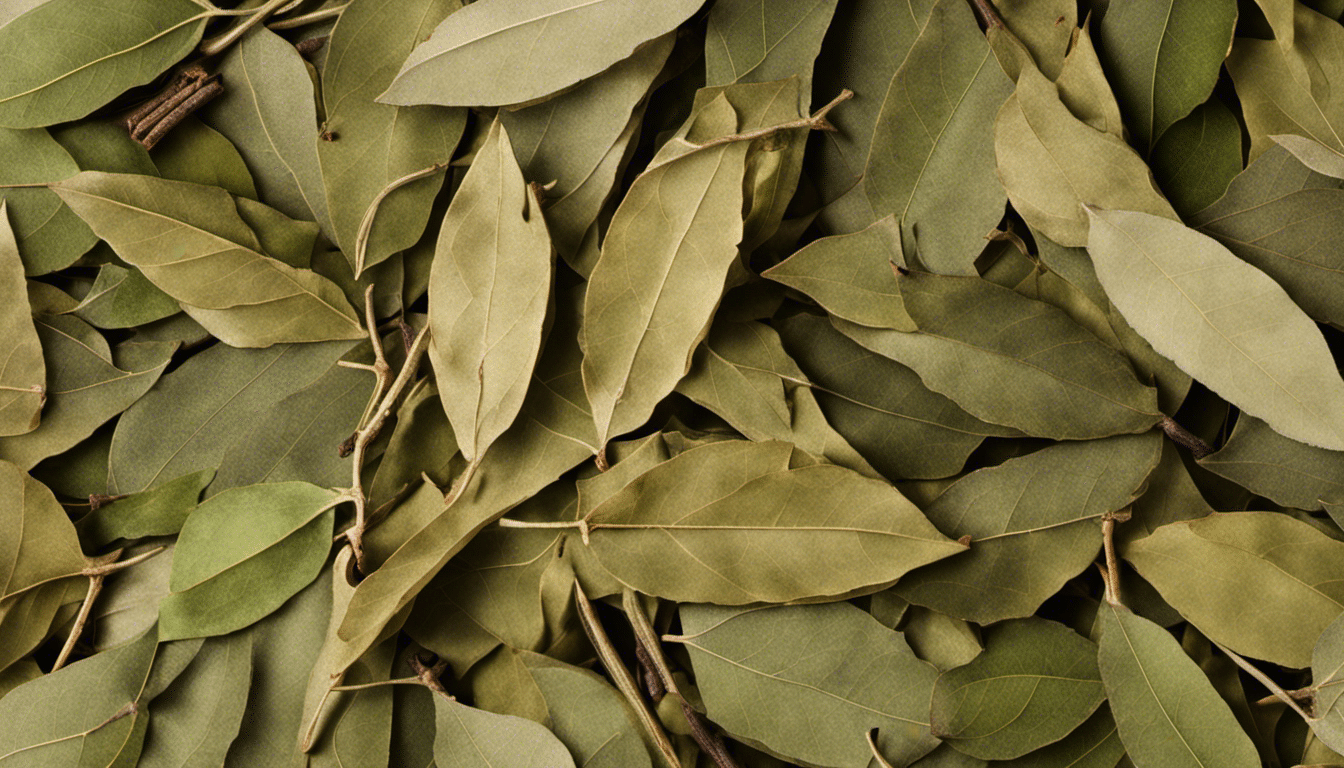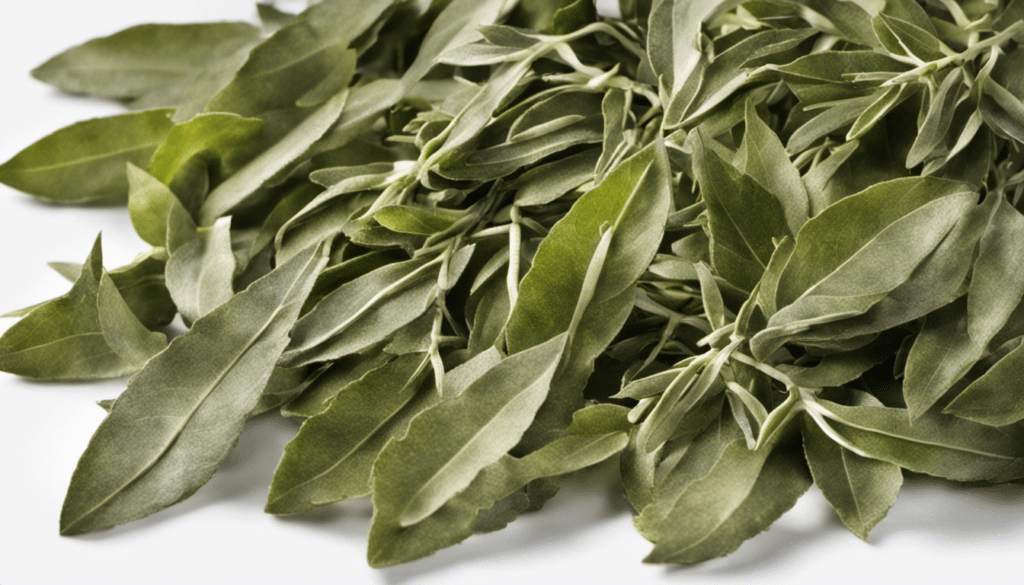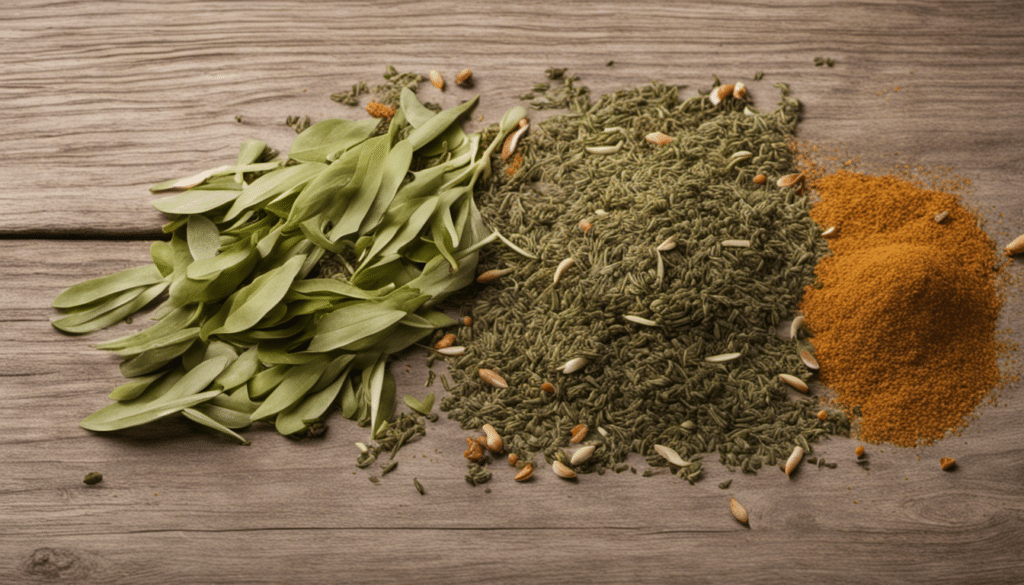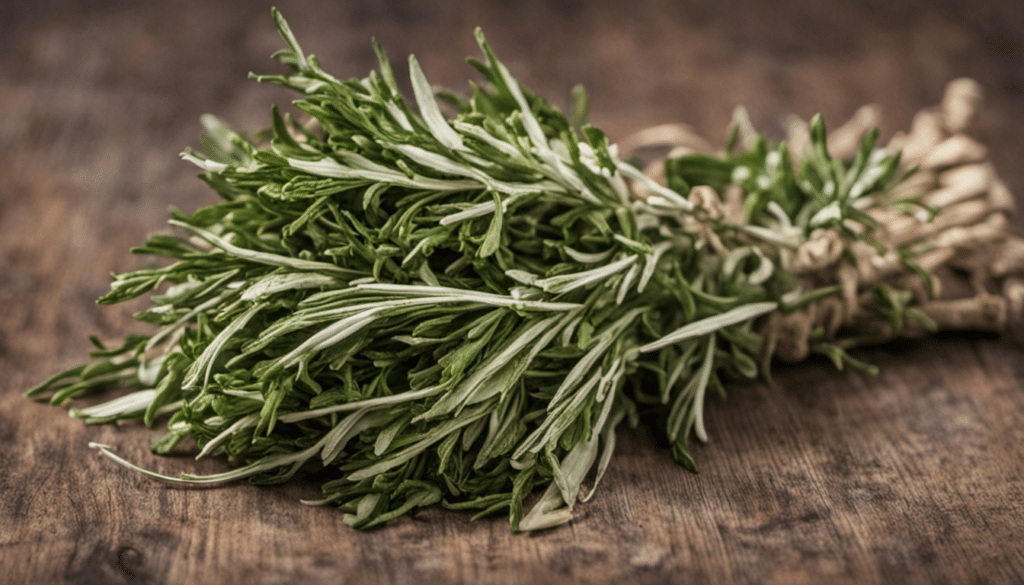Everything You Need to Know About Indian Bay Leaf
Immerse yourself in the unique aromatic experience of a special ingredient that hails from the eastern parts of India itself. Meet the Indian Bay Leaf, known in scientific parlance as Cinnamomum Tamala. This kitchen treasure, infamous for its distinctive aroma and flavor, has been adding a zesty touch to Indian cuisine for many a year. Here, we delve deep into the fascinating world this spice lures us into, enlightening ourselves about everything it offers.
What’s in a Name?
Known commonly as the Indian Bay Leaf, it is interesting to note that this leaf has several regional and international monikers. In its homeland, it is referred to as Tejpatta in Hindi, and its omnipresence is evident in its various other names, such as Malabar leaf, Indian Bark, and Indian cassia. It also goes by Tamal Patra in Sanskrit, signifying a timeless presence in Ayurvedic medicine.
The diverse nomenclature is an indicator of its wide acceptance and use not just in India, but across many cuisines globally.
Origins and Cultivation
The Indian Bay Leaf comes from a robust tree that thrives in the Himalayan regions of India, Nepal, Bhutan, and Tibet. This medium-sized evergreen tree, part of the family Lauraceae, is known for its beautiful, fragrant, and glossy leaves. The richness of the Indian Bay Leaf lies in the distinctive flavor of the leaves, which are harvested and dried to adorn our spice boxes.
Read more about the cultivation process on the dedicated page on Wikipedia (here).
Health Benefits
From bolstering your digestive health to maintaining your cardiovascular system, the Indian Bay Leaf is linked to several health benefits. Being rich in vitamins A and C, iron, potassium, calcium, and magnesium, the humble leaf does a lot more than just elevating the flavor of your dishes. It is highly revered in Ayurveda, with practitioners prescribing it for ailments such as colds, indigestion, and flatulence.
For a comprehensive list of its health benefits, refer to Healthline’s informative piece (here).
In conclusion, the Indian Bay Leaf is not merely a sensation for your taste buds but a benefactor for your wellbeing. Its aromatic, flavorful, and medicinal traits make it an indispensable part of any kitchen around the world. As we continue to explore the myriad treasures of the culinary world, things as simple as a leaf continue to awe and inspire us with their remarkable characteristics.
Indian Bay Leaf Recipe Ideas
- Slow-Cooked Lamb and Bay Leaf Curry
- Indian Bay Leaf Chicken Biryani
- Fragrant Indian Bay Leaf Rice Pilaf
- Indian Chole with Bay Leaf and Spices
- Spiced Vegetable Stew with Indian Bay Leaves
- Red Lentil Dahl with Indian Bay Leaf
- Bay Leaf Flavored Indian Tea (Tej Patta Chai)
- Indian Bay Leaf (Tej Patta) Infused Rice Pudding
- Sweet and Spicy Indian Bay Leaf Chutney
- Indian Mixed Vegetable Curry with Bay Leaf




